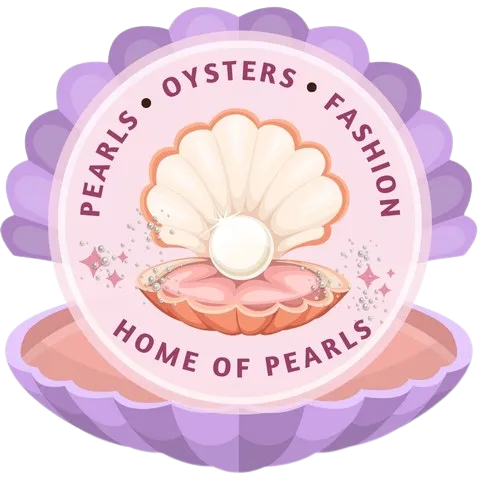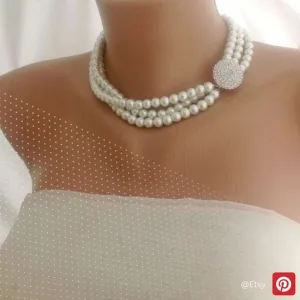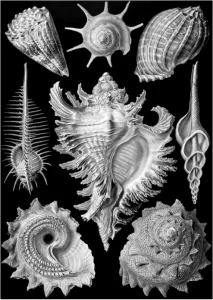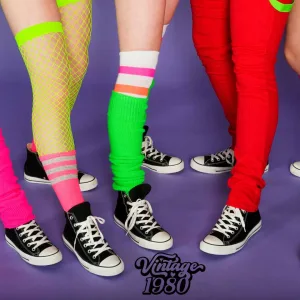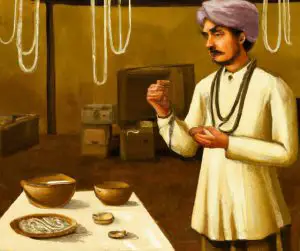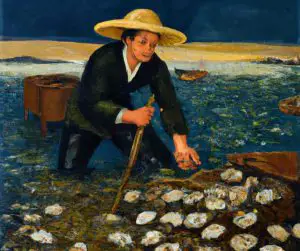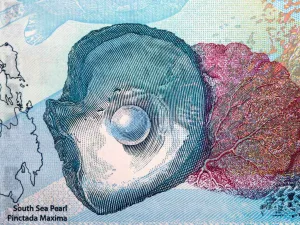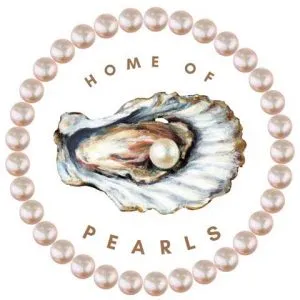Bahrain pearls are some of the most beautiful pearls in existence, and one of the things that makes them so attractive is their shine and luster. For millennia, Bahrain pearls have been extremely popular, and once you learn some of their characteristics, you’ll understand why.
In Arabic, Bahrain means “two seas,” and the country of Bahrain is known as the “country of two seas” – one of them being the Sea of the Gulf and the other being the springs found in the heartland of this country.
Table of Contents
What Makes Bahrain Pearls So Unique?
In Bahrain, part of the reason their economy is thriving is because of pearl diving. In fact, in ancient times Pliny called Bahrain a country “famous for the vast number of its pearls.”
Today, tons of tourists visit the country yearly in search of these pearls, making them a major attraction for tourists coming from all parts of the world. To be sure, the pearls found in this part of the world are so popular that millions of tourists come here just for that reason.
The luster of Bahrain pearls is one of its most beautiful attributes, and many people believe that luster is due to the spring water’s salinity, warmth, and its shallowness. Bahrain pearls are also called Natural Arabian Gulf pearls, and they tend to range from white to light yellow in color.
Unlike cultured pearls, their size and shape are somewhat irregular, but their luster makes them extremely popular. The look also comes from the fact that there are no typhoons or rough waters to disturb the beds.
How Old Is Pearling?
Diving for pearls was most popular from the 1850s until around 1930. In fact, at one time pearls were considered more valuable than diamonds. Two things happened to change this.
The first was the Great Depression, and the second is the fact that cultured pearls (those made with human intervention) started flooding the market. In fact, today roughly 99% of the pearls purchased are cultured pearls. Today, there are a handful of oyster beds in this part of the world, but they have not been harvested for decades.

Pearl farming in the Persian Gulf.
Pearl divers have a tough job, and when trying to find natural pearls, it can actually take decades to find enough pearls to make just one necklace. This is one of the main reasons that natural pearls are now so rare. It’s easy to understand why people buy mostly cultured pearls.
They are real pearls yet easy to find and therefore, they are usually reasonably priced. Today, you cannot trade cultured pearls in Bahrain, and there are only a few pearl divers left.
Nevertheless, despite the popularity of cultured pearls, there is a lot to be said for finding jewelry pieces made with gorgeous natural pearls, each of which tends to have a unique shape, size, and color.
Bahrain pearls are no different. Bahrain pearls have exceptional quality, and they are pure and brilliant, not to mention gorgeous. Today, Bahrain is home to what is called the Pearling Trail.
It is roughly 2 miles long and consists of merchants, shops, a mosque, a fortress, and a total of 3 oyster beds – all of which are there to celebrate and commemorate the importance of pearl diving in this country.
What About Today?
In the year 2017, Bahrain’s government launched a campaign to revive its pearling industry, and it even provides testing services for all types of pearls. Right now, most of the pearls that come from Bahrain are Pinctada radiata, Pteria, Pinctada margaritifera, or Pinna pearls, but other species can also be found.
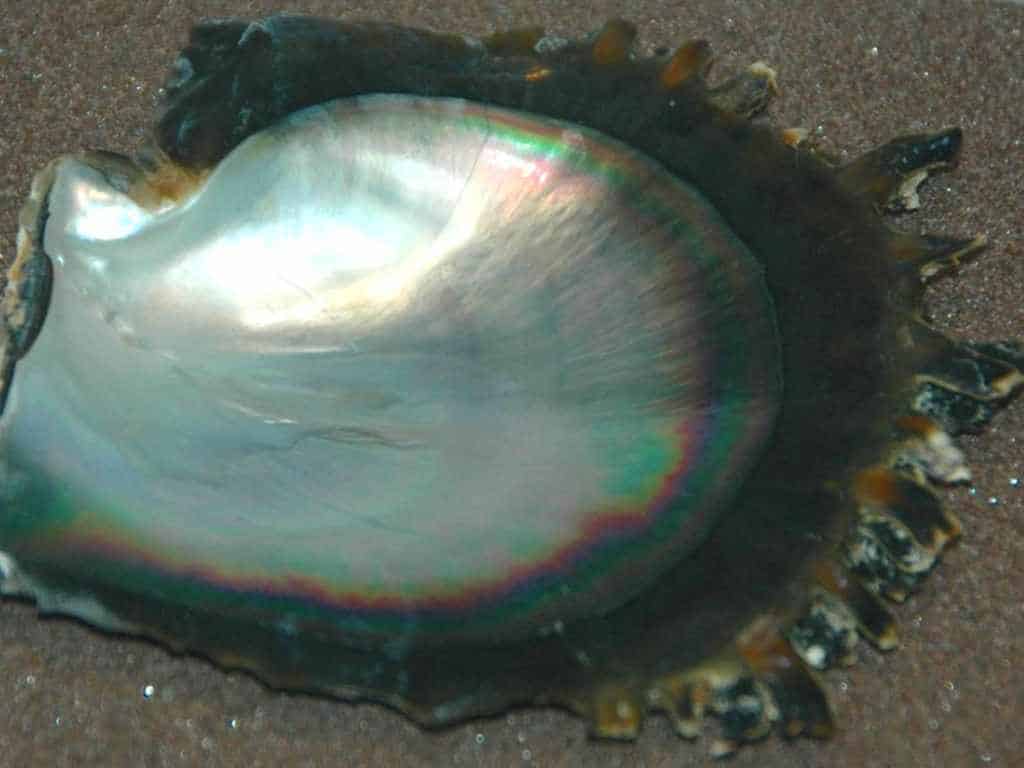
While most of the pearls found are white, off-white, or yellow in color, other colors can also be found, including gray, black, brown, green, and pink. The Pinctada radiata pearls are the most common in this country.
And while pearls from Bahrain are still considered relatively rare, it is still true that compared to other waters around the world, the formation rate of Bahrain pearls is still much higher as a general rule.
The pearls can be pricey, but they are generally only a little pricier than many other pearls, and sometimes they are cheaper. Naturally, the price will depend on the pearl’s size, rarity, color, and numerous other characteristics.
Conclusion
Bahrain pearls are high-quality pearls that are usually white or off-white but can come in many other colors as well. They are formed in spring water, and it is thought that the springs’ saline level, shallowness, and warmth are what make such amazing pearls.
The country of Bahrain has always had tons of pearls found in these waters, but that doesn’t mean that the pearls won’t be pricey.
Today, it is rather difficult to find true Bahrain pearls, which is likely one of the reasons for their high prices. Nevertheless, the pearls are stunning, having lots of luster and sheen, which people love.
